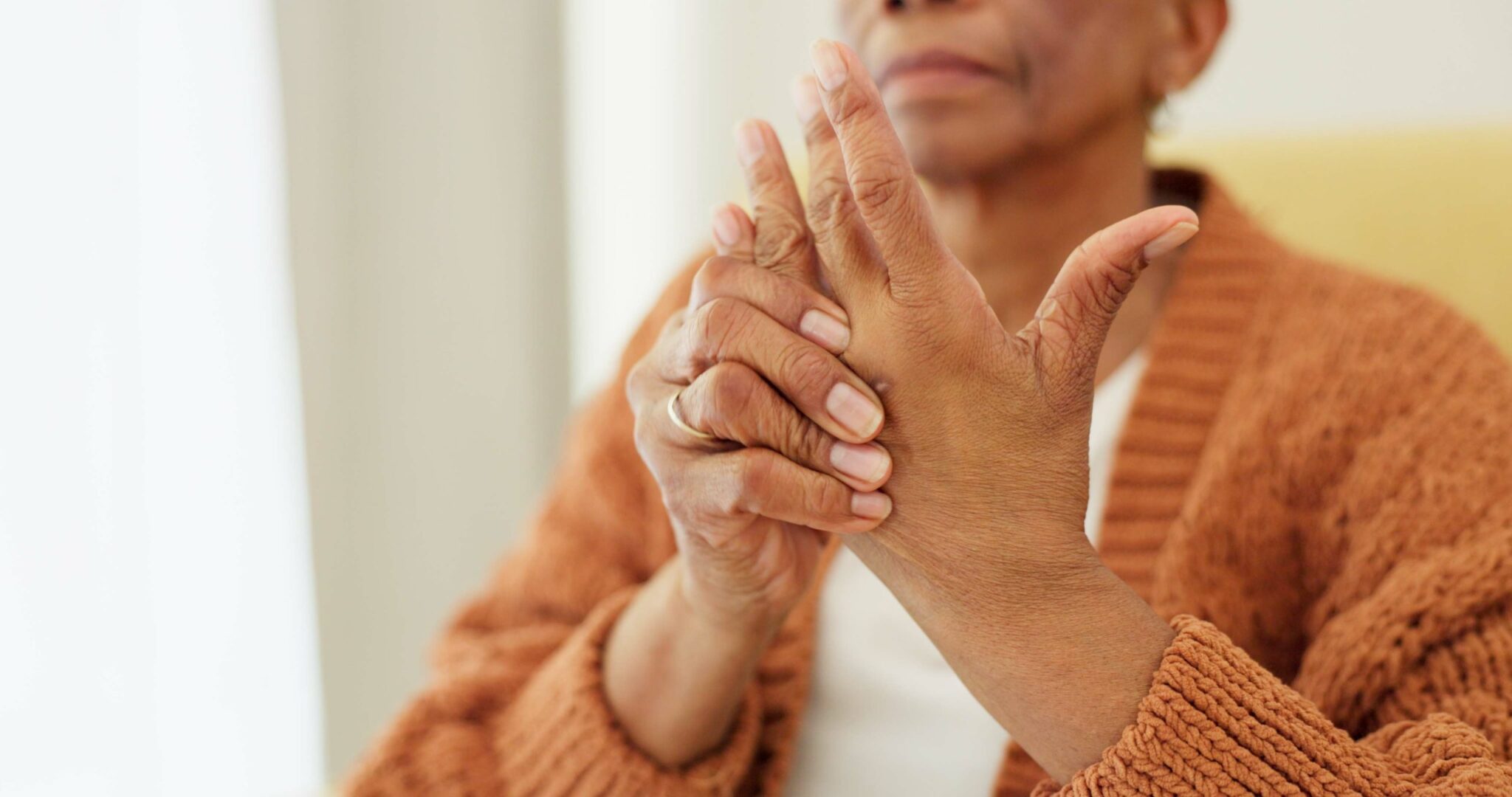Rheumatoid arthritis (RA) is a relentless condition that affects over 1.3 million Americans, turning everyday tasks into painful challenges. The stiffness, swelling, and chronic joint pain can feel like a constant battle, one that traditional treatments—think NSAIDs, steroids, or biologics—don’t always win. For many, these options bring side effects or incomplete relief, leaving them searching for something more. That’s where cannabis steps in. Over the years, this plant has gained traction as a natural tool for managing RA symptoms, offering hope to those who’ve grown weary of the pharmaceutical treadmill.
I’ve spent countless hours researching medical cannabis, poring over studies, and listening to patient stories. What stands out is how specific strains can target the inflammation, pain, and fatigue that define RA. With legalization spreading and science catching up, 2025 is a landmark moment to explore cannabis as a viable option. This guide dives into the best strains for rheumatoid arthritis relief, blending the latest data with practical advice. Whether you’re new to medical marijuana or looking to refine your approach, you’ll find a roadmap here to ease the burden of RA and reclaim a bit of your life.
How Cannabis Helps Rheumatoid Arthritis
The magic of cannabis lies in its interaction with the endocannabinoid system—a network that regulates pain, inflammation, and immune responses. In RA, an autoimmune disorder, the body attacks its own joints, sparking inflammation and discomfort. Cannabis compounds like THC and CBD step in as mediators. THC, the psychoactive part, can quiet pain signals and relax tense muscles, while CBD works to tame inflammation and soothe without altering your mind. Together, they address RA’s complexity in ways single-target drugs often can’t.
Research backs this up. A 2023 study from the National Institutes of Health found that cannabinoids may reduce inflammatory markers in autoimmune conditions like RA. Patient surveys echo this—many report less stiffness and better sleep after incorporating cannabis. In 2025, as more states embrace medical programs, the conversation around cannabis for RA is louder than ever. It’s not a cure, but it’s a powerful ally for symptom management.
Top Cannabis Strains for RA Relief
Not every strain is suited for RA—cannabinoid ratios and terpenes (the plant’s aromatic compounds) determine how well they tackle inflammation and pain. Below are the top strains for 2025, handpicked based on science, user feedback, and their unique profiles.
Cannatonic
Cannatonic is a hybrid with a near-perfect balance—often 6-10% THC and 10-15% CBD. Its earthy, citrus scent comes from myrcene and limonene, terpenes that promote relaxation and fight inflammation. RA patients love Cannatonic for its ability to ease joint pain without heavy sedation. It’s gentle enough for daytime use, cutting through morning stiffness while keeping you clear-headed. Vaping or tinctures amplify its fast-acting relief, making it a staple for flare-ups.
Blue Dream
A sativa-dominant hybrid, Blue Dream boasts 17-24% THC and a touch of CBD, paired with a sweet berry aroma from pinene and caryophyllene. It’s a favorite for RA sufferers who need pain relief without losing energy. The strain lifts mood and softens joint soreness, helping you stay active despite flare-ups. It’s not overly sedating, so it fits well into busy days—just don’t overdo it, as higher THC can sometimes spark anxiety in sensitive users.
Harlequin
Harlequin’s 5:2 CBD-to-THC ratio (around 10% CBD and 5% THC) makes it a standout for inflammation-driven pain. With a woody, mango-like flavor from myrcene and humulene, it delivers steady relief without a strong high. RA patients praise its consistency—it dulls aching joints and calms the nervous system, perfect for chronic discomfort. Edibles or sublingual oils work wonders here, offering long-lasting effects for all-day coverage.
Girl Scout Cookies (GSC)
This indica-leaning hybrid packs 18-28% THC and a spicy, sweet profile thanks to caryophyllene and limonene. GSC shines for severe RA pain, especially at night when rest is crucial. It melts muscle tension and quiets the throbbing in swollen joints, ushering in deep relaxation. Users note its potency can be intense—ideal for evenings but less so for daytime tasks. Pair it with a low dose to avoid feeling foggy.
ACDC
ACDC is a high-CBD strain (15-20% CBD, under 1% THC) with a subtle pine scent from pinene. It’s a godsend for RA patients avoiding psychoactivity. The strain targets inflammation directly, easing swollen joints and stiffness without clouding your mind. It’s versatile—vaping offers quick relief, while edibles provide sustained calm. Many call it their go-to for managing flare-ups while staying functional.
Choosing the Right Strain for Your RA Symptoms
RA isn’t one-size-fits-all, and neither is cannabis. Pain-dominant days might call for Girl Scout Cookies, while fatigue-heavy ones lean toward Blue Dream. If inflammation is your main foe, ACDC or Harlequin could be your match. Experimentation is key—start with small doses and track how each strain affects you. Keeping a symptom journal can pinpoint what works best, especially since RA ebbs and flows.
Consumption Methods for RA Relief
How you use cannabis shapes its impact. Speed, duration, and ease of use all factor in, so here’s a breakdown of the best methods for RA.
Inhalation: Smoking and Vaping
Inhaling hits fast—effects start within minutes, perfect for sudden pain spikes. Vaping Cannatonic or Blue Dream delivers smooth relief without the harshness of smoking, though both work. Take one or two puffs, wait 10-15 minutes, and adjust. It’s great for acute RA moments but less practical for long-term coverage.
Edibles: Long-Lasting Comfort
Edibles like gummies or capsules take 30-60 minutes to kick in but last 4-8 hours. They’re ideal for chronic RA pain or preventing flare-ups. Harlequin in edible form can keep inflammation at bay all day—start with 2.5-5 mg of THC or 10 mg of CBD and scale up slowly. Timing is everything; dose before symptoms peak.
Tinctures and Oils
Sublingual tinctures offer a middle ground—15-30 minutes to onset, lasting several hours. Drop ACDC or Cannatonic under your tongue for precise dosing and discreet use. Oils can also mix into food, blending convenience with control. They’re perfect for steady, manageable relief.
Topicals: Targeted Joint Care
Cannabis creams or balms won’t fix systemic inflammation, but they excel at localized pain. Rub a CBD-rich topical with caryophyllene onto aching knees or hands—it soothes stiffness and complements other methods. Use it alongside inhalation or edibles for a one-two punch.
Legal Landscape in 2025
As of March 29, 2025, cannabis laws vary widely across the U.S. Over 20 states allow recreational use, while nearly 40 permit medical marijuana. RA qualifies as a condition in most medical programs, but you’ll need a doctor’s note. I always recommend going for a Medical Marijuana Card. Services like Get Medical Marijuana Card Online Instantly from Kif Doctors streamline it—Same Day Medical Marijuana Card Online - Kif Doctors gets you approved in minutes, opening the door to legal relief.
Federal law still lists cannabis as Schedule I, so interstate travel is risky. State dispensaries are your safest bet—check local THC caps and purchase limits. Advocacy is gaining ground, hinting at broader access soon.
Safety and Precautions
Cannabis is powerful but not foolproof. Start low—2.5 mg THC or 5 mg CBD—and increase gradually to avoid dizziness or fatigue. RA meds like methotrexate or biologics might interact, so consult your rheumatologist. Pregnant or nursing individuals should steer clear due to unknown risks. Stick to lab-tested products from licensed sources to dodge contaminants like pesticides.
FAQs About Cannabis and Rheumatoid Arthritis
Can cannabis replace my RA medications?
No, it’s not a substitute. Cannabis manages symptoms, not the disease itself. Work with your doctor to integrate it safely alongside prescriptions.
Will high-CBD strains make me high?
Strains like ACDC with minimal THC won’t—CBD isn’t psychoactive. THC-heavy options like GSC might, so pick based on your comfort level.
How do I find quality cannabis?
Buy from licensed dispensaries with lab reports showing cannabinoid and terpene levels. Avoid street sources—safety matters.
Conclusion
Rheumatoid arthritis doesn’t have to dictate your days. In 2025, cannabis strains like Cannatonic, Blue Dream, and ACDC offer a natural way to fight back against pain and inflammation. Whether you’re vaping for quick relief or using topicals to target sore joints, the options are as diverse as RA itself. Legal access is growing, and with tools like Kif Doctors, getting started is easier than ever. It’s about empowerment—finding what works for you and taking control. For more on cannabis and pain, see this NIH study. Relief is out there; you just have to reach for it.
 Since 2021, Kif offers a streamlined platform to get a medical marijuana card online. We have served more than 45K patients across the United States. Sign Up Now to get the right to use medical cannabis for your health condition without any delay.
Since 2021, Kif offers a streamlined platform to get a medical marijuana card online. We have served more than 45K patients across the United States. Sign Up Now to get the right to use medical cannabis for your health condition without any delay.
























